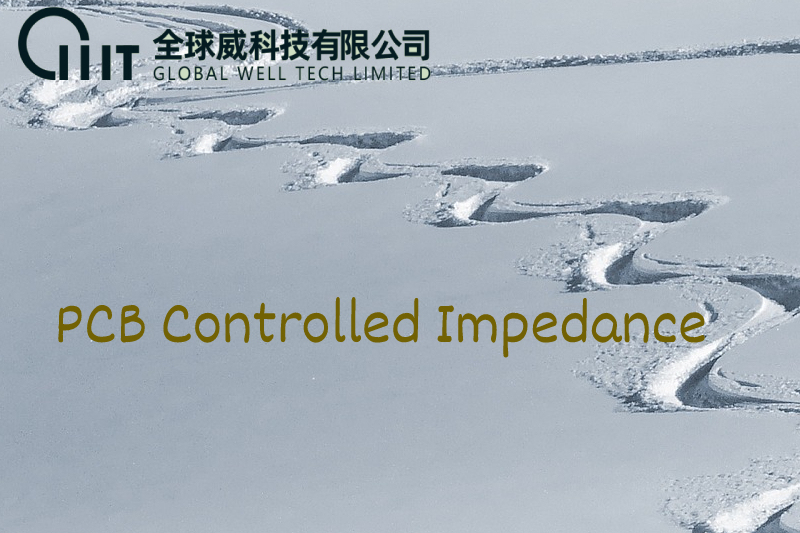PCB knowledge
PCB Controlled Impedance
PCB Controlled Impedance
Impedance is the sum total of the inductance and capacitance of the PCB board at high frequency. The term is used to describe the frequency of the PCB board. Generally, impedance values vary in a PCB circuit board,unless the trace values are taken into account while designing. Controlled impedance refers to the value of impedance that remains constant throughout the point along the trace. This factor contributes to high frequency performance.GWT manufactures and supplies PCB boards with controlled impedance.
Our Approach to Controlled Impedance PCB boards
Various factors are taken into account while designing controlled impedance PCBs. These include inductance, capacitive resistance, and conductance. We also take the following factors into account, while deciding the controlled impedance of the PCB boards.
1.Width of The Copper Signal Trace
This includes width of the copper trace at the top and bottom. Generally, we provide copper signal traces in the range of 0.5oz: 4/4mil to 6oz/ 15/12mil for its inner layers, with its width varying from 1/3oz-H 0.5 oz, and 4/4mil to 6oz: 15/12mil for its outer layers.
2.Thickness of The Prepreg Material Used On Both Sides of The PCB boards
A prepeg is used to hold all cores together in a PCB board. While designing an impedance controlled circuit board, the thickness of the prepeg material should be same on the either sides.
3.Dielectric Constant of The Core and Prepeg Material
Impedance will vary, if the dielectric constant of the core and prepeg material differs. Hence, we take care to keep both dielectric constants the same.
Applications of Controlled Impedance PCBs
Controlled impedance PCBs are used in various fast digital applications which include:
1.High-quality analog videos
2.Signal processing applications
3.Telecommunications
4.RF communication
Impedance control is critical to the design and manufacture of any PCB circuit boards. When a PCB board requires a low impedance control, you can always rely on us.
How is impedance determined?
Usually, trace impedance is between 25 and 125 Ohms and depends on the following factors:
1.Copper trace width and thickness
2.Passage of the signal through vias
3.Core thickness or prepreg material thickness on each side of the trace
4.Core and prepreg material dielectric constant
5.Distance from the reference copper plane
6.Presence or not of solder resist
The board designer must therefore make sure that for high frequency signals, their choice of trace and stackup makes it possible to achieve a target impedance value, with a certain tolerance. The most advanced electronics CAD design tools calculate this automatically.
0users like this.



